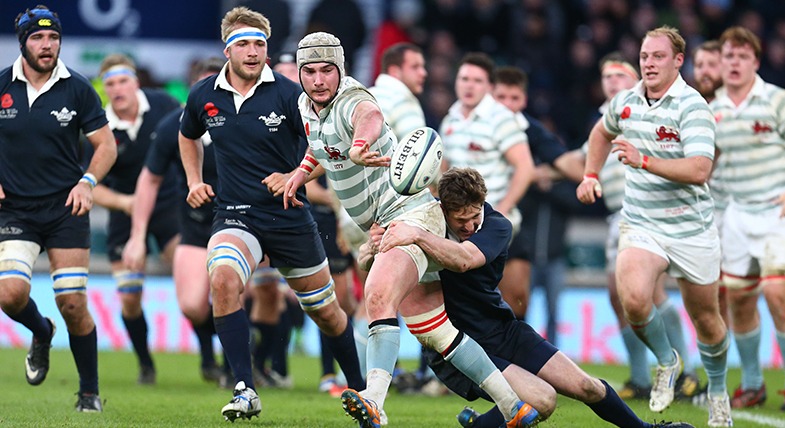As England’s head coach, Steve Borthwick confronts significant challenges in assembling a competitive squad for the upcoming Six Nations Championship. Recent injuries to key players have complicated his selection process, necessitating strategic adjustments to maintain England’s performance standards.
George Furbank’s Injury
A pivotal concern is the injury sustained by full-back George Furbank. During Northampton Saints’ 30-21 victory over the Bulls in Pretoria, Furbank fractured his arm, casting doubt on his availability for the initial stages of the Six Nations. Northampton’s head coach, Sam Vesty, acknowledged the uncertainty surrounding Furbank’s recovery timeline, stating, “It can vary so there’s nothing concrete on how long that will take.”
Furbank’s absence poses a dilemma for Borthwick, who relied on him during the autumn internationals. His versatility and playmaking abilities have been instrumental in England’s backline strategies. Without Furbank, Borthwick must identify a suitable replacement to fill this critical role.
Potential Replacements at Full-Back
Freddie Steward emerges as a leading candidate to assume the full-back position. Known for his aerial prowess and defensive reliability, Steward has previously demonstrated his capability at the international level. His inclusion could provide stability to England’s backline during Furbank’s recovery.
Another option is George Hendy of Northampton Saints. Despite limited experience, Hendy has showcased impressive attacking skills and vision, making him a potential asset. His recent performances have caught the attention of analysts, with some advocating for his inclusion in the national squad.
Injury Concerns in the Front Row
In addition to Furbank’s injury, England faces challenges in the front row. Prop Ellis Genge reportedly struggles with a hamstring issue, jeopardizing his participation in the tournament’s early matches. Genge’s physicality and experience are vital to England’s scrum, and his potential absence could necessitate adjustments in the forward pack.
Furthermore, the loosehead prop position presents concerns, with Bevan Rodd undergoing surgery for a toe injury, ruling him out of the tournament. This development further depletes England’s options in the front row, compelling Borthwick to explore alternative selections to ensure scrum stability.
Strategic Adjustments and Squad Depth
Borthwick’s approach to these challenges will test England’s squad depth and adaptability. The head coach may consider integrating emerging talents to fill the void left by injured players. This strategy addresses immediate needs and contributes to developing future team prospects.
The recent establishment of the Men’s Professional Game Partnership (MPGP) between the Rugby Football Union (RFU), Premiership Rugby, and the Rugby Players Association aims to enhance collaboration and player management. This initiative grants Borthwick greater influence over player training, fitness, and medical decisions, potentially facilitating more effective responses to injury challenges.
Looking Ahead
Borthwick’s decisions regarding player selection and tactical adjustments will be pivotal as the Six Nations approaches. Balancing the integration of new players with the maintenance of team cohesion requires astute judgment. The upcoming matches will not only test England’s resilience but also provide an opportunity to demonstrate strategic flexibility in the face of adversity.
